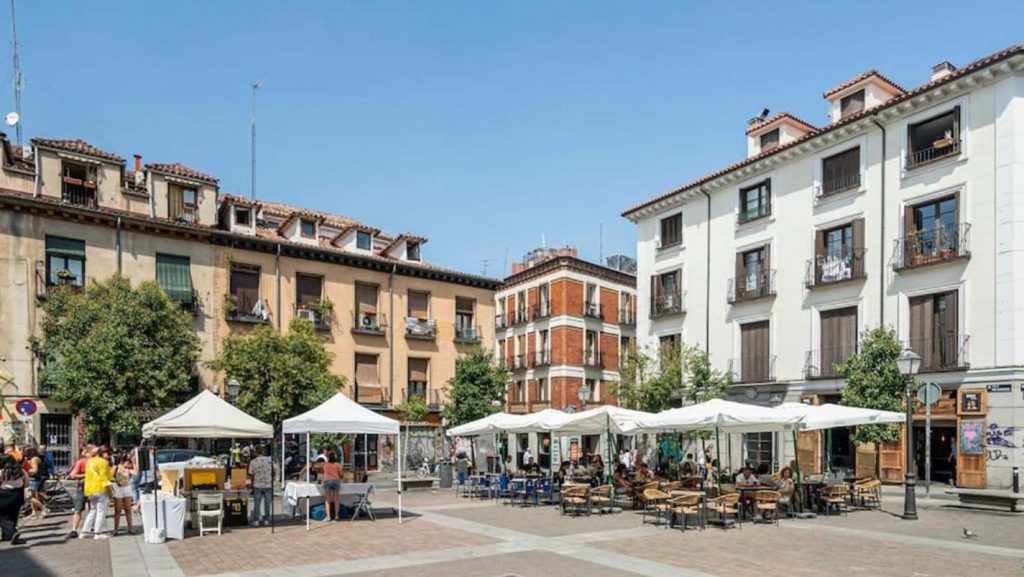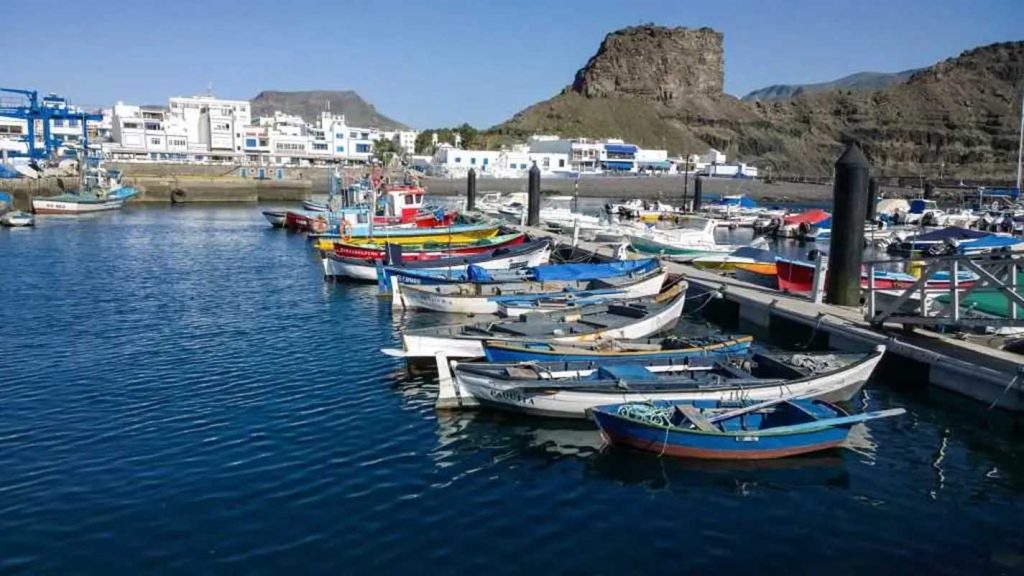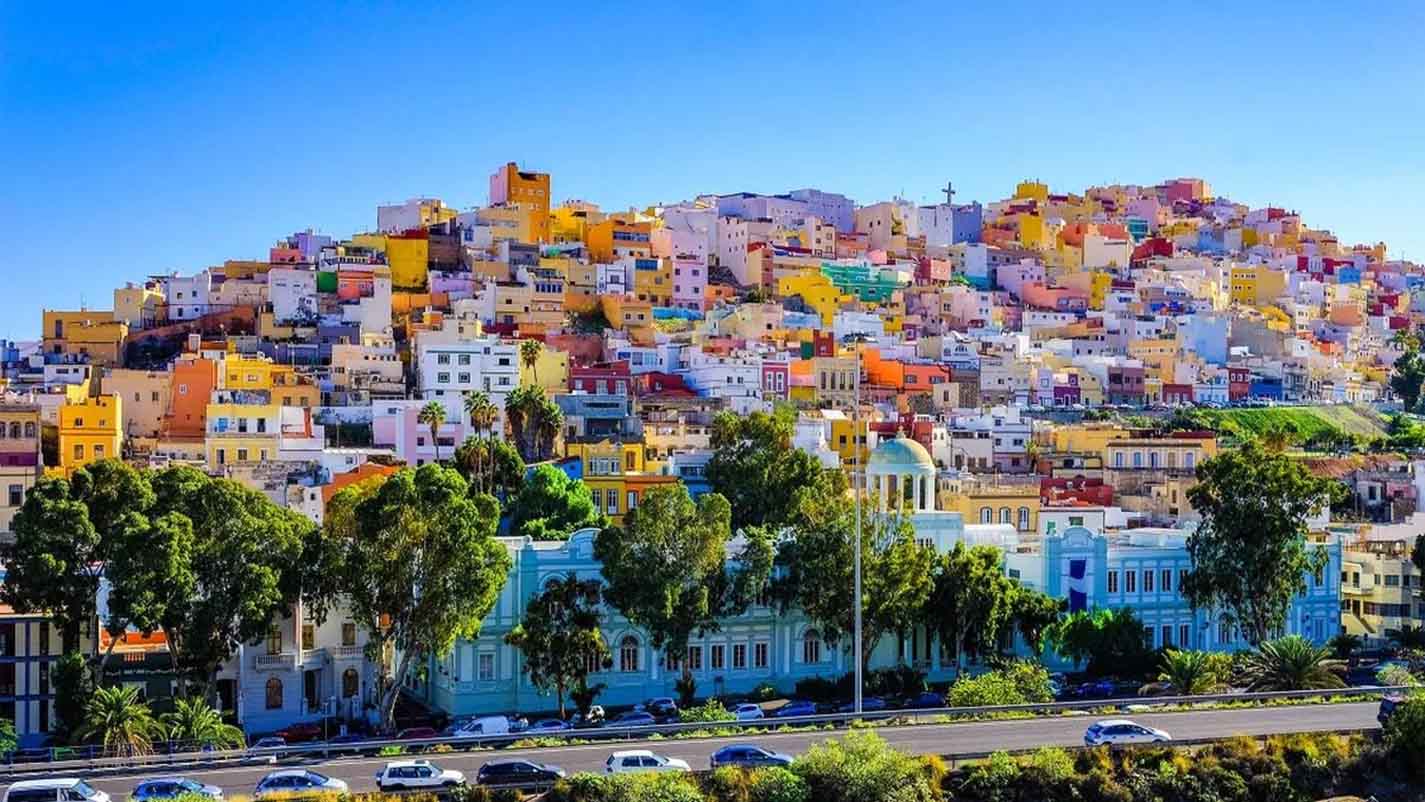When travelers think of the Canary Islands, they often imagine golden beaches, crystal-clear waters, and an eternal spring climate. Yet, within this archipelago lies a city that blends history, culture, gastronomy, and vibrant urban life: Las Palmas de Gran Canaria. This capital of Gran Canaria is not only the largest city in the Canary Islands but also a dynamic hub where Spanish traditions meet African influences, framed by the Atlantic Ocean. For visitors seeking both relaxation and cultural discovery, Las Palmas offers an ideal balance of seaside charm and metropolitan energy.
A Brief Introduction to Las Palmas
Founded in 1478, Las Palmas is steeped in history. Its cobbled streets, colonial architecture, and historic districts recall centuries of maritime trade, exploration, and cultural exchange. At the same time, it is a modern city with bustling shopping areas, trendy cafés, and a thriving arts scene. The city is divided into several districts, each with its own character:
- Vegueta, the historic old town, full of colonial charm.
- Triana, the commercial and cultural hub.
- Las Canteras, the iconic beach neighborhood.
- Ciudad Jardín, with its elegant villas and leafy avenues.
This variety makes Las Palmas more than just a resort destination; it is a city where history and modernity coexist beautifully.
Things to Do and See in Las Palmas
1. Stroll Through Vegueta: The Historic Old Town
Vegueta is the birthplace of Las Palmas. Walking through its narrow cobbled streets feels like stepping back in time. The neighborhood is a UNESCO World Heritage candidate and features beautifully preserved colonial buildings.
- Santa Ana Cathedral: The centerpiece of Vegueta, this 15th-century Gothic cathedral dominates the main square. Visitors can climb the towers for panoramic views of the city.
- Casa de Colón (Columbus House): This museum is dedicated to Christopher Columbus, who is believed to have stayed in the city during his transatlantic voyages. It showcases maritime history and links between Europe and the Americas.
- Plaza del Espíritu Santo: A charming square with a Renaissance fountain, ideal for quiet reflection.
Vegueta also comes alive at night with tapas bars and wine taverns, making it both a historical and social hub.

2. Shop and Stroll in Triana
If Vegueta is history, Triana is modern elegance. This neighborhood is perfect for shopping, cultural experiences, and stylish cafés.
- Calle Mayor de Triana: The city’s main shopping street, lined with boutiques, international brands, and traditional shops.
- Teatro Pérez Galdós: An iconic cultural venue hosting opera, theater, and concerts.
- Street Cafés and Bakeries: Perfect for enjoying local pastries like bienmesabe or a simple café con leche.
Triana balances culture and commerce, making it an essential stop for travelers who enjoy urban energy.
3. Relax at Las Canteras Beach
One of the greatest treasures of Las Palmas is Playa de Las Canteras, often considered one of the best urban beaches in Europe. Stretching for three kilometers, it is protected by a natural reef, making it perfect for swimming, snorkeling, and sunbathing.
- El Confital: A wilder extension of Las Canteras, popular among surfers.
- Paseo de las Canteras: A lively promenade filled with restaurants, bars, and ice cream parlors. Perfect for a sunset walk.
- Water Sports: From paddleboarding to diving, the beach offers activities for every kind of traveler.
What makes Las Canteras special is its dual nature: a peaceful retreat by day and a lively meeting point by night.
4. Discover Culture and Art
Las Palmas isn’t just about beaches—it’s a cultural capital too.
- Museo Canario: A museum dedicated to the island’s aboriginal Guanche culture.
- CAAM (Atlantic Center of Modern Art): A contemporary art museum showcasing works from Africa, Europe, and Latin America, highlighting Las Palmas’s position as a cultural crossroads.
- Festivals and Events: Depending on the season, travelers may encounter lively festivals, from Carnival parades to jazz concerts.
5. Taste the Flavors of Las Palmas
No guide to Las Palmas would be complete without mentioning its food. Canary cuisine combines Spanish, African, and Latin American influences.
- Papas arrugadas con mojo: Wrinkled potatoes with spicy mojo sauce, the most iconic Canary dish.
- Fresh seafood: Especially grilled octopus, vieja (parrotfish), and calamari.
- Local cheeses and wines: Gran Canaria produces excellent goat cheese and volcanic wines.
- Mercado de Vegueta: A traditional market where visitors can sample local produce.
Dining in Las Palmas can be as simple as enjoying tapas at a local tavern or as luxurious as indulging in fine dining restaurants overlooking the ocean.
Where to Stay in Las Palmas
Economy Hotels
Budget-conscious travelers will find plenty of affordable yet comfortable options in Las Palmas. Many small guesthouses and boutique hostels are located near Triana and Vegueta, offering good access to cultural sites without breaking the bank.
Luxurious Hotels
For those seeking indulgence, Las Palmas features several five-star hotels along Las Canteras Beach, offering sea views, rooftop pools, and exclusive dining experiences. These hotels often combine modern amenities with Canary charm.
Spa Hotels
Wellness-focused travelers can choose from spa resorts that offer massages, thermal circuits, and holistic treatments. Combining a beach holiday with rejuvenation makes Las Palmas ideal for relaxation seekers.
Getting Around: Transportation in Las Palmas
Las Palmas is compact and easy to navigate.
- On Foot: Many attractions are within walking distance, especially in Vegueta, Triana, and Las Canteras.
- Public Transport: An efficient bus system, known locally as guaguas, connects different neighborhoods.
- Car Rentals: Ideal for exploring beyond the city into Gran Canaria’s mountains and villages.
- Cycling: The city has bike lanes along the beachfront, perfect for active travelers.
Practical Tips for Travelers
- Language: Spanish is the official language, but English is widely spoken in tourist areas.
- Currency: The Euro (€). Credit cards are widely accepted.
- Weather: Always pleasant, making the city a year-round destination.
- Safety: Las Palmas is considered safe, though visitors should exercise normal urban precautions.
Travel Insurance: A Smart Choice
When traveling to Las Palmas, it is wise to consider travel insurance. A good policy can cover unexpected medical needs, trip cancellations, or lost luggage. Given the variety of activities—swimming, surfing, hiking, and city exploration—insurance adds peace of mind to the journey.
Beyond the City: Day Trips from Las Palmas
While Las Palmas itself offers plenty, travelers can easily explore beyond the city.
- Roque Nublo: An iconic volcanic rock formation in the island’s interior, offering spectacular hiking opportunities.
- Teror: A charming town famous for its wooden balconies and religious heritage.
- Maspalomas: Known for its golden sand dunes and vibrant nightlife.
- Agaete: A fishing village with natural pools and authentic Canary charm.
These excursions provide a fuller picture of Gran Canaria’s diversity, from mountains to beaches.

Why Choose Las Palmas?
Las Palmas is more than just a gateway to the Canary Islands; it is a destination in its own right. Whether you want to wander through historic streets, bask on an urban beach, indulge in fine dining, or immerse yourself in art and culture, Las Palmas delivers. Its cosmopolitan vibe, friendly locals, and unique blend of heritage and modernity make it unforgettable.
For travelers seeking a destination that blends sun and sea with history and culture, Las Palmas de Gran Canaria stands out as a city unlike any other. It is not just a place where you can enjoy endless sunshine; it is a living mosaic of past and present, tradition and modernity. From the Gothic spires of its cathedral to the golden sands of Las Canteras, from the energy of Triana’s bustling shopping streets to the serenity of Vegueta’s cobbled lanes, the city offers a multi-layered experience that rewards curiosity and invites exploration.
One of the most striking qualities of Las Palmas is its diversity. In a single day, you can admire centuries-old colonial architecture, sip coffee in a chic contemporary café, then watch the sunset over the Atlantic while locals play music along the beachfront promenade. The neighborhoods each tell their own story: Vegueta whispers of the island’s early explorers and colonial merchants, while Las Canteras captures the relaxed soul of modern-day island life. Triana reflects the pulse of a cosmopolitan city, where boutique shops, theaters, and galleries add a creative flair to the urban rhythm.
Add to this rich cultural landscape the flavors of Canary cuisine, and Las Palmas becomes even more memorable. Whether it’s sampling papas arrugadas with a fiery mojo sauce, savoring fresh seafood straight from the ocean, or discovering local wines grown in volcanic soil, every meal becomes an experience in itself. Dining here is not just about food—it’s about connecting with the island’s heritage and hospitality.
Practicality also makes Las Palmas appealing. The ease of transportation allows visitors to move effortlessly between districts, or venture further into the island’s mountains and villages for day trips. Accommodations are equally versatile: budget-friendly hotels make the city accessible for backpackers and young explorers, while luxurious resorts and spa retreats provide indulgence for those seeking comfort and relaxation.
What truly sets Las Palmas apart, however, is its atmosphere. There is an openness and vibrancy that comes from being at the crossroads of Europe, Africa, and the Americas. Every corner reveals a new story, every plaza buzzes with life, and every encounter leaves you with a sense of discovery.
Las Palmas is not simply a stopover on the way to beaches or other Canary Islands. It is a destination in its own right—dynamic, colorful, and deeply rewarding for those who take the time to explore it in depth. Here, the sun and sea meet history and culture in a harmony that makes every journey unforgettable.
Tags: Museo Canario, Plaza del Espíritu Santo, Stroll Through Vegueta
